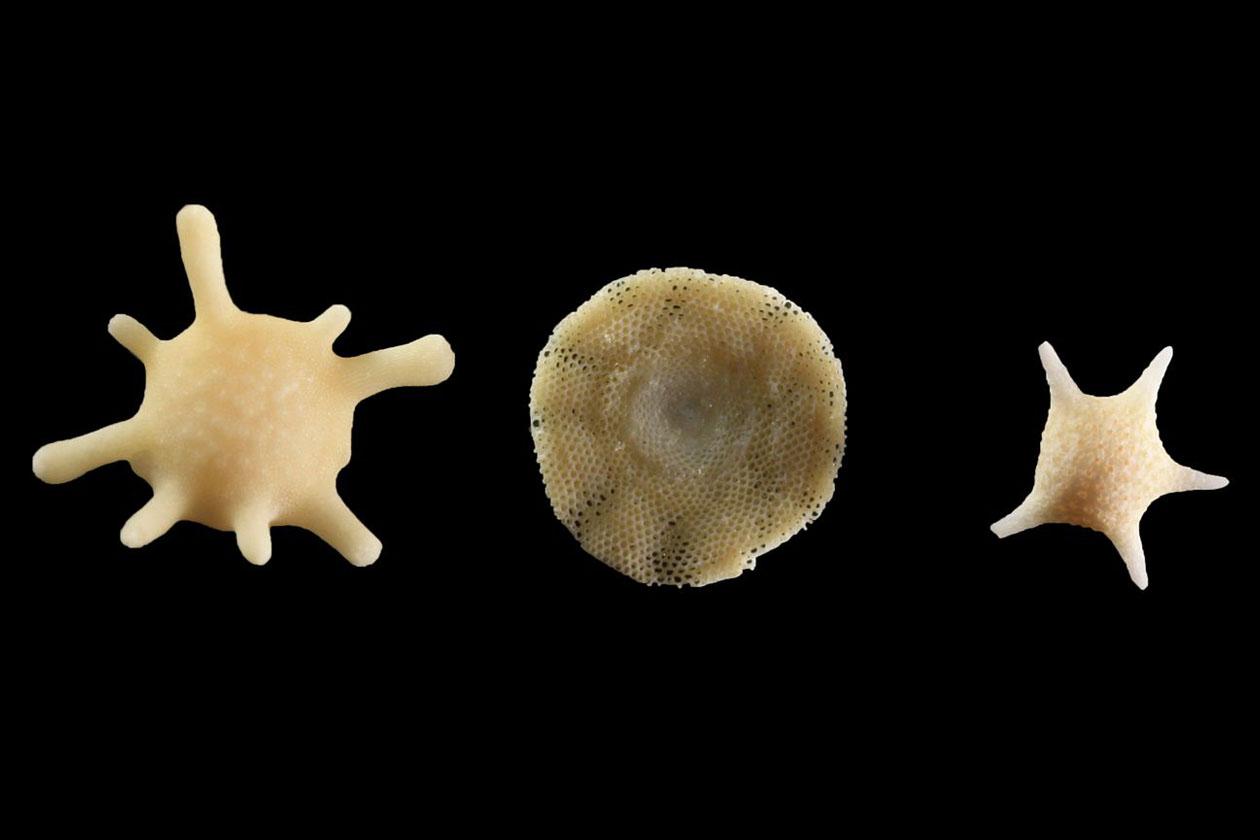D: Yaël, if geoscientists understood how Earth’s climate changes due to natural causes over the planet’s long geological history, they’d be in a better position to understand modern human-caused climate change.
Y: That’s right Don, and in 2020 a large international group of geoscientists took a major step towards that goal when they published the most complete reconstruction of the last sixty-six million years of Earth’s climate history.
D: But, there were no weather stations collecting data millions of years ago, so how did these scientists get their data?
Y: They studied the remains of simple one-celled organisms called foraminifera, or forams, that live in the ocean. These organisms build their shells using chemicals from seawater. They incorporate different amounts of carbon and oxygen isotopes into their bodies, depending on the temperature conditions they live in. This means geoscientists can use them as natural thermometers. When forams die, their shells settle to the seafloor and are preserved in the layers of sediment over millions of years. The scientists studied many sediment cores collected from the floors of the world’s oceans by the international Ocean Drilling Program.
D: Very clever. So, what did they find?
Y: They found that the Earth’s climate has experienced major naturally occurring changes over the last sixty-six million years, with four distinct states, which they called “hothouse”, “warmhouse”, “coolhouse”, and “icehouse”. The warmhouse and hothouse states, which last occurred more than thirty-four million years ago, involved average global temperatures sixteen to twenty-five degrees Fahrenheit warmer than today, and an Earth without polar caps. Current human-caused climate change risks to these states are on a timescale much faster than the slow natural changes over geological time.










